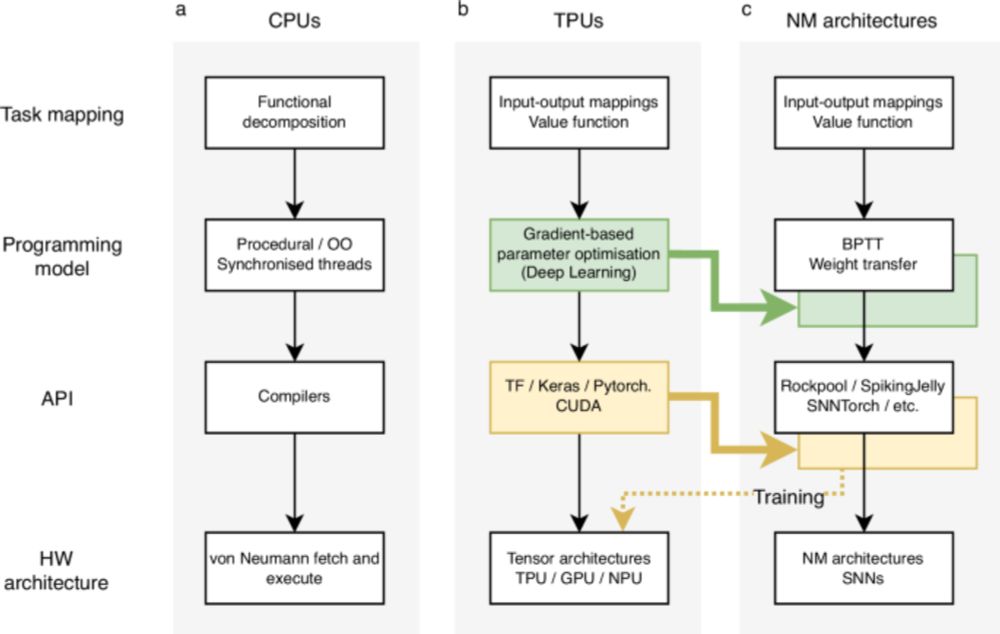
https://dylan-muir.com

If we take their predictions at face value, what AI will deliver is either increased revenue for companies adopting AI, with no change in personnel costs; a massive reduction in personnel costs for the same amount of revenue; or some combination of the two.
If we take their predictions at face value, what AI will deliver is either increased revenue for companies adopting AI, with no change in personnel costs; a massive reduction in personnel costs for the same amount of revenue; or some combination of the two.
In a new paper @natcomms.nature.com, Sadique Sheik and I show how #neuromorphic compute can succeed, with inspiration from the success of tensor processors.

In a new paper @natcomms.nature.com, Sadique Sheik and I show how #neuromorphic compute can succeed, with inspiration from the success of tensor processors.

